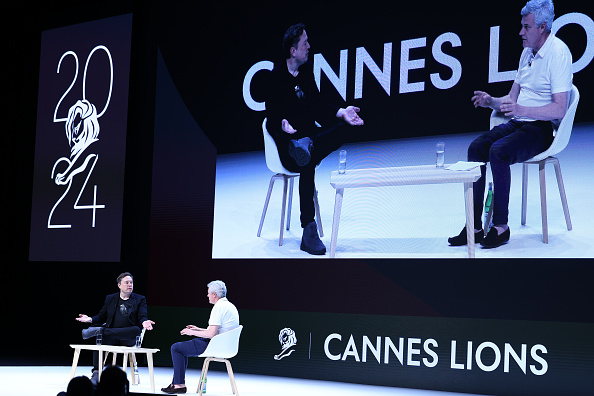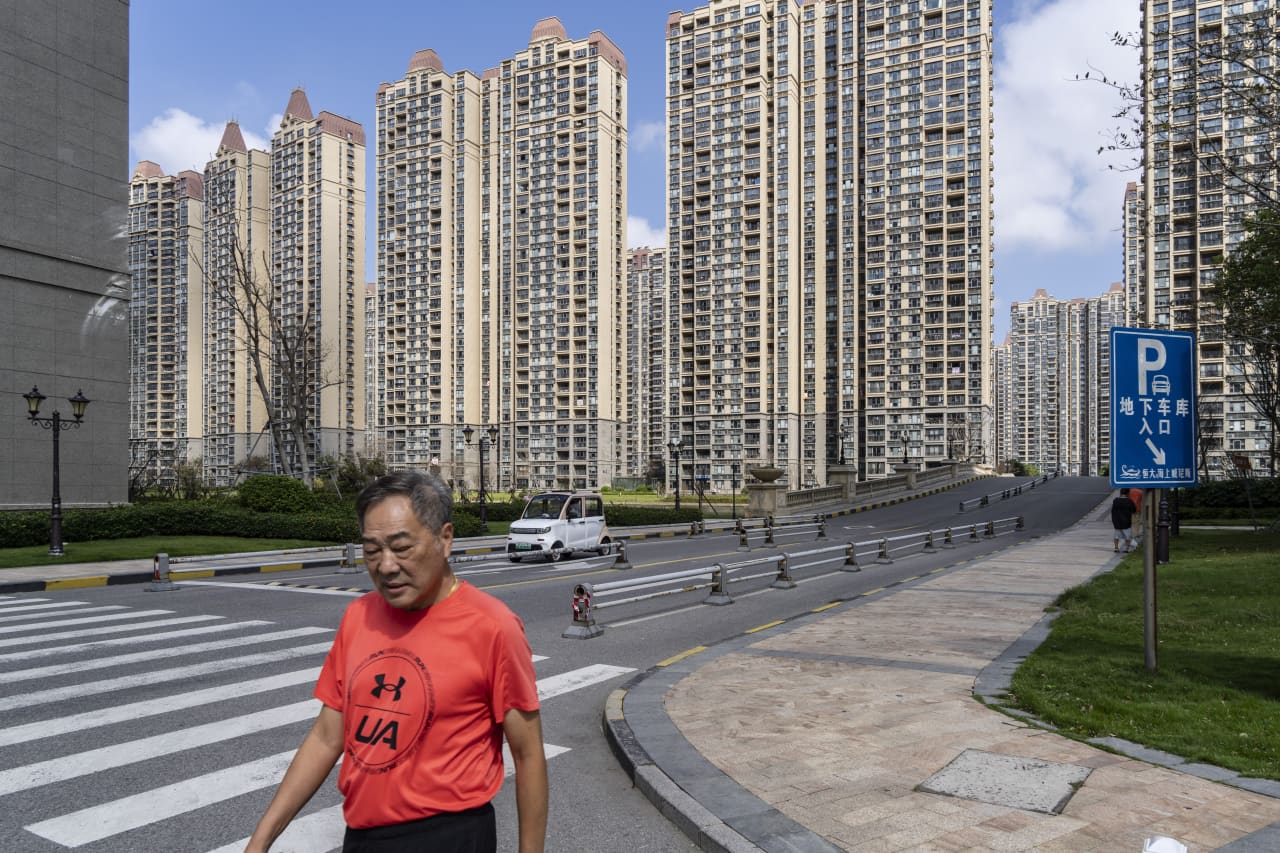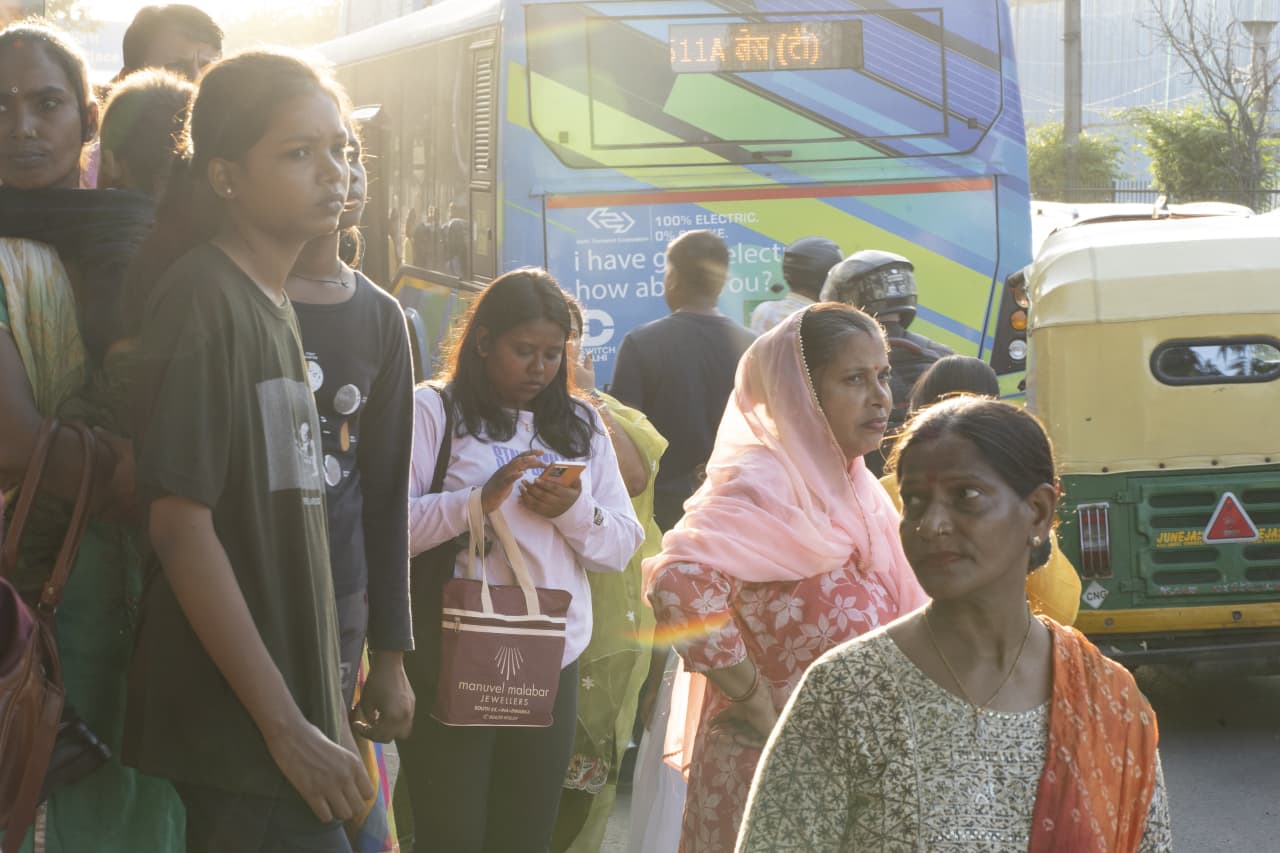International Holidays 33 Percent More Expensive Than Pre-COVID
But higher costs are not dampening Australians’ desire to travel abroad
Travelling overseas is significantly more expensive than before the pandemic, and the cost has risen at a much faster rate than domestic travel. New Finder research shows domestic holidays are 19 percent more expensive than pre-COVID, while international holidays now cost 33 percent more.
Australians are spending an average of $6,765 on international trips, according to Finder. Accommodation is the most expensive component at $2,343 on average, closely followed by flights at $2,153. Finder’s travel expert, Angus Kidman said higher demand had pushed prices up. “International travel has become more costly as pent-up demand and the peak European summer season coincide.” Other factors that have made international travel more expensive in 2023 include higher jet fuel prices, staff shortages at airlines and airports, worldwide inflation and airlines being slow to return all their planes to the sky following their fleets’ grounding during COVID-19.
But higher costs have not deterred people from heading abroad. Australians are making up for lost time, with ‘COVID revenge travel’ prompting many to head overseas this year. According to the Australian Bureau of Statistics, leisure dominated overseas travel intentions in FY23, with 53 percent of travellers going overseas for a holiday, 32 percent travelling to visit friends and family and only 6 percent heading overseas on business.
Government forecasts show Aussies will keep travelling overseas in 2024 despite the significantly higher costs, and demand is expected to reach pre-pandemic levels by the end of the new year. However, there are signs that the cost-of-living crisis is starting to bite, and 2024 may the last big year of revenge travel before Australians tighten their belts. According to the Tourism Forecasts for Australia 2023 to 2028 report: “In 2023, 9.8 million resident returns are expected, which would be 86 percent of the pre-pandemic level. This increases to 11.3 million resident returns in 2024, which is nearing parity with the number of resident returns in 2019. Looking forward, cost-of-living and budget pressures in Australia are expected to weigh on outbound travel growth. Compared to last year’s forecasts, the profile for outbound growth is very similar. However, high global travel costs and reduced household savings in Australia have had a mild dampening effect.”
Finder says 54 percent of Australians intend to travel in the new year, with 15 percent heading overseas, 14 per cent intending to travel both overseas and domestically, and 25 percent planning to holiday only in Australia. Online travel agent KAYAK says searches for 2024 flights are up dramatically. “As Aussies, travel is in our DNA and despite macroeconomic uncertainties it looks like many Aussies are still struck by the travel bug, with searches for flights to both international and domestic destinations up 47 percent for travel over the next 12 months compared to last year,” said brand director Nicola Carmichael.
Top 10 overseas destinations for Australians in 2023
- Indonesia
- United States
- United Kingdom
- Italy
- Thailand
- France
- New Zealand
- Japan
- Singapore
- Vietnam
Source: Finder Travel Inflation Report
This stylish family home combines a classic palette and finishes with a flexible floorplan
Just 55 minutes from Sydney, make this your creative getaway located in the majestic Hawkesbury region.
The remote northern island wants more visitors: ‘It’s the rumbling before the herd is coming,’ one hotel manager says
As European hot spots become overcrowded , travellers are digging deeper to find those less-populated but still brag-worthy locations. Greenland, moving up the list, is bracing for its new popularity.
Aria Varasteh has been to 69 countries, including almost all of Europe. He now wants to visit more remote places and avoid spots swarmed by tourists—starting with Greenland.
“I want a taste of something different,” said the 34-year-old founder of a consulting firm serving clients in the Washington, D.C., area.
He originally planned to go to Nuuk, the island’s capital, this fall via out-of-the-way connections, given there wasn’t a nonstop flight from the U.S. But this month United Airlines announced a nonstop, four-hour flight from Newark Liberty International Airport in New Jersey to Nuuk. The route, beginning next summer, is a first for a U.S. airline, according to Greenland tourism officials.
It marks a significant milestone in the territory’s push for more international visitors. Airlines ran flights with a combined 55,000 seats to Greenland from April to August of this year, says Jens Lauridsen, chief executive officer of Greenland Airports. That figure will nearly double next year in the same period, he says, to about 105,000 seats.
The possible coming surge of travellers also presents a challenge for a vast island of 56,000 people as nearby destinations from Iceland to Spain grapple with the consequences of over tourism.
Greenlandic officials say they have watched closely and made deliberate efforts to slowly scale up their plans for visitors. An investment north of $700 million will yield three new airports, the first of which will open next month in Nuuk.
“It’s the rumbling before the herd is coming,” says Mads Mitchell, general manager of Hotel Nordbo, a 67-room property in Nuuk. The owner of his property is considering adding 50 more rooms to meet demand in the coming years.
Mitchell has recently met with travel agents from Brooklyn, N.Y., South Korea and China. He says he welcomes new tourists, but fears tourism will grow too quickly.
“Like in Barcelona, you get tired of tourists, because it’s too much and it pushes out the locals, that is my concern,” he says. “So it’s finding this balance of like showing the love for Greenland and showing the amazing possibilities, but not getting too much too fast.”
Greenland’s buildup
Greenland is an autonomous territory of Denmark more than three times the size of Texas. Tourists travel by boat or small aircraft when venturing to different regions—virtually no roads connect towns or settlements.
Greenland decided to invest in airport infrastructure in 2018 as part of an effort to expand tourism and its role in the economy, which is largely dependent on fishing and subsidies from Denmark. In the coming years, airports in Ilulissat and Qaqortoq, areas known for their scenic fjords, will open.
One narrow-body flight, like what United plans, will generate $200,000 in spending, including hotels, tours and other purchases, Lauridsen says. He calls it a “very significant economic impact.”
In 2023, foreign tourism brought a total of over $270 million to Greenland’s economy, according to Visit Greenland, the tourism and marketing arm owned by the government. Expedition cruises visit the territory, as well as adventure tours.
United will fly twice weekly to Nuuk on its 737 MAX 8, which will seat 166 passengers, starting in June .
“We look for new destinations, we look for hot destinations and destinations, most importantly, we can make money in,” Andrew Nocella , United’s chief commercial officer, said in the company’s earnings call earlier in October.
On the runway
Greenland has looked to nearby Iceland to learn from its experiences with tourism, says Air Greenland Group CEO Jacob Nitter Sørensen. Tiny Iceland still has about seven times the population of its western neighbour.
Nuuk’s new airport will become the new trans-Atlantic hub for Air Greenland, the national carrier. It flies to 14 airports and 46 heliports across the territory.
“Of course, there are discussions about avoiding mass tourism. But right now, I think there is a natural limit in terms of the receiving capacity,” Nitter says.
Air Greenland doesn’t fly nonstop from the U.S. because there isn’t currently enough space to accommodate all travellers in hotels, Nitter says. Air Greenland is building a new hotel in Ilulissat to increase capacity when the airport opens.
Nuuk has just over 550 hotel rooms, according to government documents. A tourism analysis published by Visit Greenland predicts there could be a shortage in rooms beginning in 2027. Most U.S. visitors will stay four to 10 nights, according to traveler sentiment data from Visit Greenland.
As travel picks up, visitors should expect more changes. Officials expect to pass new legislation that would further regulate tourism in time for the 2025 season. Rules on zoning would give local communities the power to limit tourism when needed, says Naaja H. Nathanielsen, minister for business, trade, raw materials, justice and gender equality.
Areas in a so-called red zone would ban tour operators. In northern Greenland, traditional hunting takes place at certain times of year and requires silence, which doesn’t work with cruise ships coming in, Nathanielsen says.
Part of the proposal would require tour operators to be locally based to ensure they pay taxes in Greenland and so that tourists receive local knowledge of the culture. Nathanielsen also plans to introduce a proposal to govern cruise tourism to ensure more travelers stay and eat locally, rather than just walk around for a few hours and grab a cup of coffee, she says.
Public sentiment has remained in favour of tourism as visitor arrivals have increased, Nathanielsen says.
—Roshan Fernandez contributed to this article.
This stylish family home combines a classic palette and finishes with a flexible floorplan
Just 55 minutes from Sydney, make this your creative getaway located in the majestic Hawkesbury region.


















